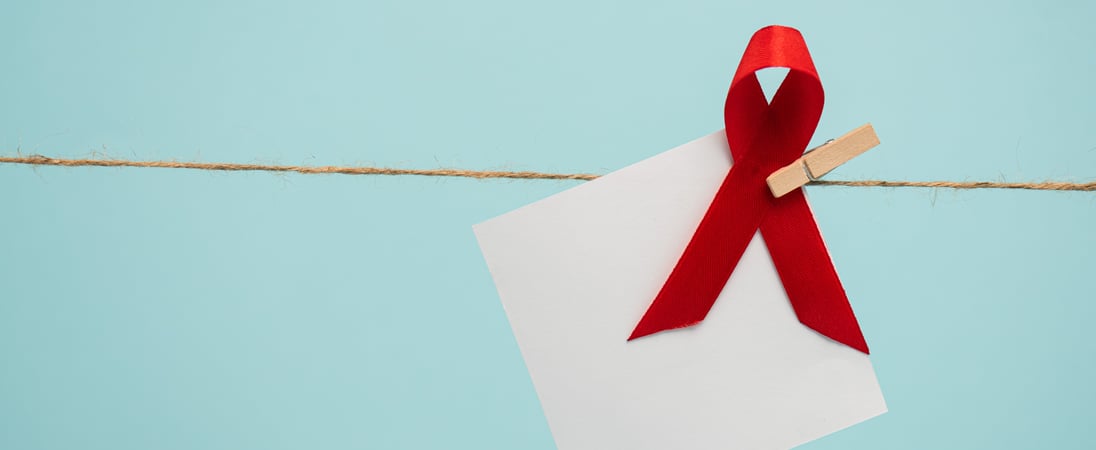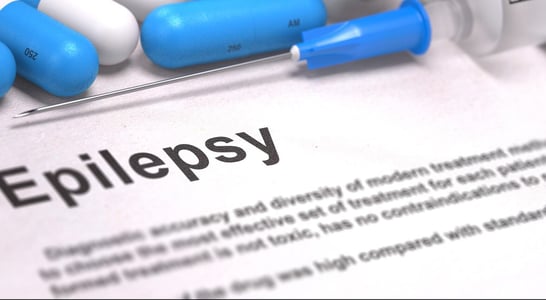
National Native HIV/AIDS Awareness Day
National Native HIV/AIDS Awareness Day (NNHAAD) focuses on HIV education, testing, and support for Native communities, including American Indians, Alaska Natives, and Native Hawaiians.
This day encourages Native people to protect their health by learning about HIV risks, getting tested, and accessing treatment.
It tackles unique challenges these communities face, such as limited healthcare access, stigma, and low awareness about HIV status.
The day stands out by promoting culturally meaningful HIV resources tailored for Native communities and recognizing the power of traditions and values in health discussions. It unites diverse Tribal communities under a common cause, fostering support through storytelling, public events, and targeted resources.
This approach makes HIV prevention efforts more relatable and accessible, aiming to close gaps in HIV care. The day also highlights the strength of Native communities as they come together to share knowledge and build healthier futures.
How to Celebrate National Native HIV/AIDS Awareness Day
Here’s a set of creative and engaging ways to mark National Native HIV/AIDS Awareness Day.
Each idea combines community connection, education, and personal reflection to help reduce HIV stigma and increase awareness within Native communities.
Host a Storytelling Circle
Celebrate the power of stories by hosting a gathering where individuals can share their personal experiences around health, resilience, and understanding HIV.
Storytelling is deeply rooted in Native culture and can foster empathy, inspire action, and break down the stigma surrounding HIV.
Share on Social Media
Take part online by using hashtags like #NNHAAD and #StopHIVTogether. Share facts, encouraging words, or artwork that highlights Native perspectives on HIV prevention and care.
Even a simple post can spread awareness far and wide, creating a wave of support across digital spaces.
Volunteer for Testing Events
Check out local clinics or health organizations offering free HIV testing on this day.
Volunteering not only helps these efforts but also supports the health of Native communities by increasing access to testing resources. Plus, it’s a practical way to make a direct difference.
Create Educational Art
Art can make powerful statements. Encourage friends or community members to create posters, drawings, or even beadwork that represents themes of awareness, healing, and protection.
Display these works in community centers, schools, or online to add a colorful, personal touch to the day.
Arrange a Cultural Performance
Organize a cultural event, such as a dance, song circle, or drumming session, to raise awareness. These gatherings can draw people in while providing information about HIV’s impact on Native populations.
A blend of tradition and education can inspire unity and understanding in meaningful ways.
History of National Native HIV/AIDS Awareness Day
National Native HIV/AIDS Awareness Day began in 2007 as a call to address HIV’s impact on Native communities, including American Indians, Alaska Natives, and Native Hawaiians.
This day was launched as a collaborative effort primarily driven by organizations like the National Native American AIDS Prevention Center and the Inter-Tribal Council of Arizona.
These groups received support from the Centers for Disease Control and Prevention (CDC) to improve Native health by raising awareness and promoting HIV testing.
The founders chose the first day of spring to symbolize renewal and balance, values deeply respected in many Native cultures.
They wanted to align the message of awareness with the idea of growth, helping communities face HIV together. Since then, the day has grown, encouraging people to engage in HIV education, prevention, and treatment discussions every spring.
Native health organizations continue to organize events, share educational resources, and address the stigma often surrounding HIV.
These efforts aim to support Native people in understanding HIV risks and staying proactive about their health.
National Native HIV/AIDS Awareness Day FAQs
How does HIV/AIDS awareness connect to Native views on environmental health?
Native communities often link human health to environmental health. Many awareness events include activities like tree planting or river cleanups.
These symbolize the interconnectedness of well-being, emphasizing the balance between caring for the Earth and combating diseases like HIV/AIDS.
This holistic perspective inspires stewardship and fosters unity in addressing health challenges.
How do traditional Native healing practices integrate with modern HIV treatment?
Many Native communities blend traditional healing methods, such as herbal remedies and spiritual ceremonies, with contemporary medical treatments.
This holistic approach addresses both physical and spiritual health, fostering comprehensive well-being.
What role does storytelling play in HIV education within Native communities?
Storytelling, a cornerstone of Native culture, conveys lessons and values. In HIV education, it personalizes the impact of the disease, reduces stigma, and promotes prevention through shared experiences.
Are there unique HIV prevention programs tailored for Native youth?
Yes, initiatives like the “We Do It For The Water” play engage Native youth through culturally relevant performances, addressing HIV prevention and awareness in a relatable context.
How do powwows contribute to HIV awareness efforts?
Powwows, central to Native social life, serve as platforms for health education. Organizations set up booths to distribute information, offer testing, and engage attendees in discussions about HIV prevention.
What are some misconceptions about HIV in Native communities?
A common myth is that HIV doesn’t affect Native populations significantly.
In reality, American Indians and Alaska Natives have higher rates of HIV diagnosis compared to some other ethnic groups, highlighting the need for targeted awareness and prevention.
What role do two-spirit identities play in HIV awareness in Native communities?
Two-spirit individuals, recognized in many Native cultures as embodying both masculine and feminine traits, often face unique challenges regarding HIV awareness.
Some Native organizations specifically target two-spirit communities with culturally tailored campaigns.
These programs emphasize acceptance, reduce stigma, and provide resources addressing the specific health and social needs of two-spirit individuals, fostering inclusivity in HIV education efforts.
Are there any notable Native figures who have contributed to HIV/AIDS advocacy?
Lisa Tiger, a member of the Muscogee Nation, became an HIV/AIDS educator after her diagnosis in the early 1980s. She has been a prominent advocate, sharing her story to raise awareness and reduce stigma.
How do Native communities address the stigma associated with HIV/AIDS?
Many communities emphasize the importance of traditional values like respect and compassion.
By integrating these values into education and support programs, they work to reduce stigma and encourage individuals to seek testing and treatment.
How do traditional Native diets influence HIV health outcomes?
Traditional Native diets, rich in natural, unprocessed foods like fish, corn, and berries, provide essential nutrients that can strengthen immune health.
Many HIV awareness programs encourage incorporating these traditional foods to support overall well-being.
Such diets align with cultural heritage and promote healthier lifestyles, complementing medical treatments for those living with HIV.
Also on ...
View all holidaysWon’t You Be My Neighbor Day
Fred Rogers, beloved host of Mister Rogers' Neighborhood, taught us to be kind and empathetic, and his legacy continues to inspire and brighten the world.
International Day of Happiness
Finding joy in the little moments, and appreciating life's simple pleasures are key ingredients to a fulfilling life.
Hufflepuff Pride Day
The Hogwarts house known for its loyalty and hard work has a badger as its symbol, yellow and black colors, and a great sense of community!
World Storytelling Day
Weaving magical tales, captivating listeners with every word, transporting them to new worlds - it's a skill that has been cherished for centuries.
We think you may also like...
SUDEP Action Month
Don’t just raise awareness: on SUDEP Action Month, take actions to help all of society understand sudden death from epilepsy and how to mitigate the risk.
National Nurse’s Week
Give a big thank-you to the hard-working, often under-paid medical professionals who keep hospitals, rehab centers, nursing homes and hospice care running.
Sepsis Awareness Month
Join or host an event, educate yourself, and raise awareness about the causes and signs of sepsis. It could save your life or the life of another someday.
World Digestive Health Day
Maintaining a balanced diet and staying hydrated are key to ensuring optimal function and overall well-being.








